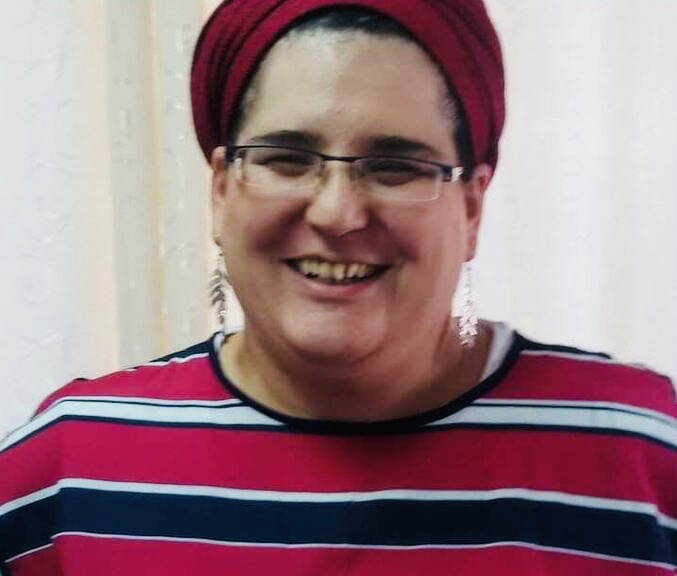While the Gaza Strip trembles to the sounds of loud explosions, the West Bank smoulders with pent-up emotions of resentment and hatred.
Gaza is being reduced to rubble by Israeli air and artillery strikes in retaliation for the murderous onslaught by Hamas terrorists in southern Israel on October 7.
As Israel ramps up its daily attacks in anticipation of a ground invasion to dismantle Hamas’ military capabilities and remove it from power altogether, Israel faces an upsurge of unrest in the West Bank, which until three weeks ago had been the flashpoint of Israel’s confrontation with the Palestinians.
In the past three weeks, 103 Palestinians have been killed in clashes with the Israeli army and Jewish settlers in the deadliest violence since the second Palestinian uprising. During this period, one Israeli soldier has been fatally shot.
Hamas has been trying to stir a rebellion in the West Bank for years now, but Israel has so far managed to nip it in the bud. Nonetheless, tensions are brewing and could well reach the boiling point if Israel invades Gaza and a lot more Palestinian civilians are killed.
Before the most recent outbreak of violence in the West Bank — which is inhabited by 2.5 million Palestinians and some 5500,000 Israeli Jews — 180 Palestinians had been killed over the last nine months, mostly in confrontations with Israeli troops.
In the biggest such clash, in early July, an Israeli force of 1,000 troops, spearheaded by military-grade bulldozers, armored vehicles and drones, stormed into the Jenin refugee camp, a bastion of armed struggle against Israel.
This raid, the largest in years, was undertaken after several Israelis were killed by Palestinian terrorists. Twelve Palestinians and one Israeli soldier were killed in the course of this operation.
It was not Israel’s first incursion into the Jenin refugee camp, which has a population of about 17,000. This past June, five Palestinians were killed in a gun battle with Israeli commandos during which their armored personnel carrier was struck by a Palestinian rocket.

Since January, more than 30 Jews have been gunned down in the West Bank and Israel. The latest victims were Batsheva Nigri, a 42-year-old school teacher from a settlement near Hebron who was shot while riding in a car with her daughter and driver, and Shai Silas Nigreker, 60, and his son, Aviad Nir, 28, who were murdered in the town of Huwara, south of Nablus.
Tensions were building before they were brutally ambushed.
Shortly after the withdrawal of Israeli soldiers from the Jenin refugee camp in July, Israeli security forces found the remains of a primitive home-made rocket in Ram-On, a village in Israel adjacent the West Bank. The Palestinian Authority police located the launch site in the Arab village of Silat al-Harithiya, northwest of Jenin.

By all accounts, this was the seventh attempt by a group called the Al-Ayyash Battalion to fire rockets at Israel from the West Bank. It underscores the fact that militant Palestinians in and around Jenin have acquired the capability to manufacture and launch rockets.
To Israel, which fully occupies nearly two-thirds of the West Bank, this is a worrisome development and is reminiscent of what happened in Gaza more than two decades ago. Palestinians affiliated with Hamas and Islamic Jihad began launching Qassem rockets at Israeli settlements in 2001, a year after the eruption of the second intifada.
These projectiles carried very small payloads and could travel only short distances, thereby posing no real threat to Israel. But gradually, Hamas and Islamic Jihad developed more sophisticated rockets with the assistance of Iran, Israel’s arch enemy.
After the current war in Gaza broke out, Palestinians in the West Bank took the streets to mount mass demonstrations in support of Hamas, while Palestinian gunmen attacked Israeli troops. Israel cracked down hard, killing scores of attackers, arresting hundreds of protesters, and closing roads and checkpoints.
On October 19, Israel raided the Nur-Shams refugee camp, one of 19 such camps in the West Bank, and 13 Palestinians were killed.
Three days later, an Israeli fighter jet bombed a mosque in Jenin that had been used by Hamas and Islamic Jihad as a base to carry out attacks against Israel. Two Palestinians were killed. The air strike was apparently the first by the Israeli Air Force in the West Bank since the second Palestinian uprising.
An Israel Defence Forces spokesman said that a Palestinian terrorist cell on Jenin had planned a “murderous attack inside Israel.”
In the meantime, extremist Jewish settlers in the West Bank have repeatedly clashed with Palestinian farmers and set fire to some of their olive groves. Since October 7, there have been over 100 incidents of settler violence and harassment against Palestinians in at least 62 localities. During these clashes, six Palestinians have been killed.

U.S. President Joe, in a recent speech, condemned settler violence and called for it to stop.
Since the latest uptick of violence, Israeli National Security Minister Itamar Ben-Gvir has ordered the distribution of 10,000 firearms, combat gear, protective vests and helmets to civilians, particularly those in West Bank settlements.
After the horrific events of October 7, Israelis can no longer be sure they will be safe without personal weapons at their disposal.
